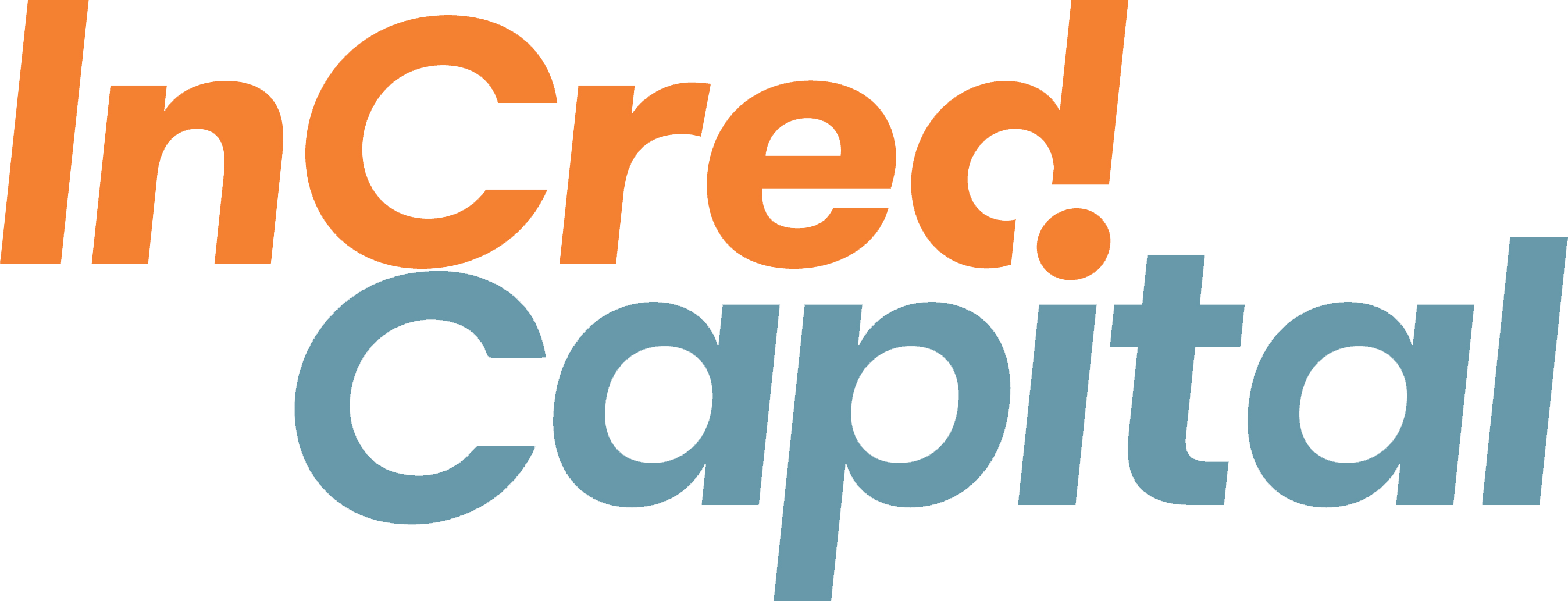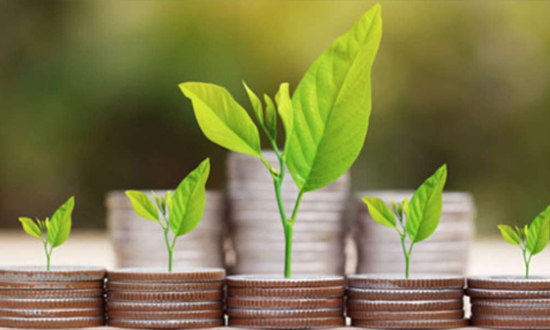The era of free money is behind us. Value, as an investment strategy, should do well
The Federal Open Market Committee (FOMC) decided to increase the speed of tapering of bond-buying in the US. It has indicated that quantitative easing – the process of infusion of liquidity into the financial system – may end by March 2022. Interest rate hikes may start in March 2022 as against expectations of June 2022 earlier. Here is how rate hikes could impact your money matters.
FII flows may fall
The US Fed is going to gradually reduce the liquidity in the financial system. Liquidity has been one of the key reasons for the rally in most assets worldwide. “Globally, many investors borrow money to invest. As the cost of funds rise, some investors may exit the market. That may cause some volatility in the stock market,” says Nitin Rao, CEO, InCred Wealth.
There may not be an immediate sell-off, if other drivers of bull market such as earnings growth keep pace with interest rate hikes. But investors should not ignore the possibility of increased volatility. “It is better to moderate expectations from equities in the future,” says Rao.
Says Yuvraj Thakkar, Managing Director, BP Wealth, “The era of free money is behind us. Value as an investment strategy should do well. Investors need to look for stocks of less leveraged companies that do not require too much capital to fund growth,”.
“We now expect the first rate hike to be in March rather than June, with 25 basis points hikes in each of the next eight quarters,” wrote economists at BofA Securities in their recent research note. As the interest rates in the US rise, funds low there from risky emerging markets. No wonder then that we have seen selling by foreign institutional investors in India. That could be another reason why our stock markets may remain volatile.
Some debt funds may feel the heat
“Interest rates in India will also inch up, following the trend of rising interest rates in the US. That may hurt many long-duration fixed-income portfolios,” says Dr Joseph Thomas, Head of Research, Emkay Wealth. Investors may be better off staying away from long tenured bonds and long duration funds.
Rising interest rates may strengthen the US dollar. “A strong US dollar means lower commodity prices, including that of gold,” says Thomas.
But Thakkar thinks otherwise. “If the stock markets turn too volatile, then there may be some safe-haven demand kicking in, which may push up demand for gold and thereby result in higher gold prices,” he adds.
If the rupee loses value against the US dollar, gold prices may appreciate in India. When it comes to gold, sticking to your asset allocation is the best thing to do given the uncertain path ahead.
Loans to be pricier
If interest rates rise, loans too will soon get re-priced. Personal loans and most other debt products charge fixed interest rates. But home loans are mostly based on floating rates. If the Reserve Bank of India joins the US Fed and increases repo rate in the first half of CY2022, home loan rates will rise. Borrowers need to prepare for the rising interest rate cycle. If you are going for a new home loan, do not borrow too much based on current record-low rates.
Overseas vacations and education costs to spiral
A rate hike in the US may result in the Rupee depreciating against the dollar. Hence, dollar-denominated expenses such as overseas vacation or child’s higher education might get costlier. As such, inflation in developed markets is expected to continue for some more time.
Make sure you re-assess your targeted corpus that you have earmarked for such goals. If you do not have dollar-denominated investments such as a diversified index fund tracking US equities, then it is high time you allocate money gradually to it. It should help you to reduce the forex risk to some extent.





